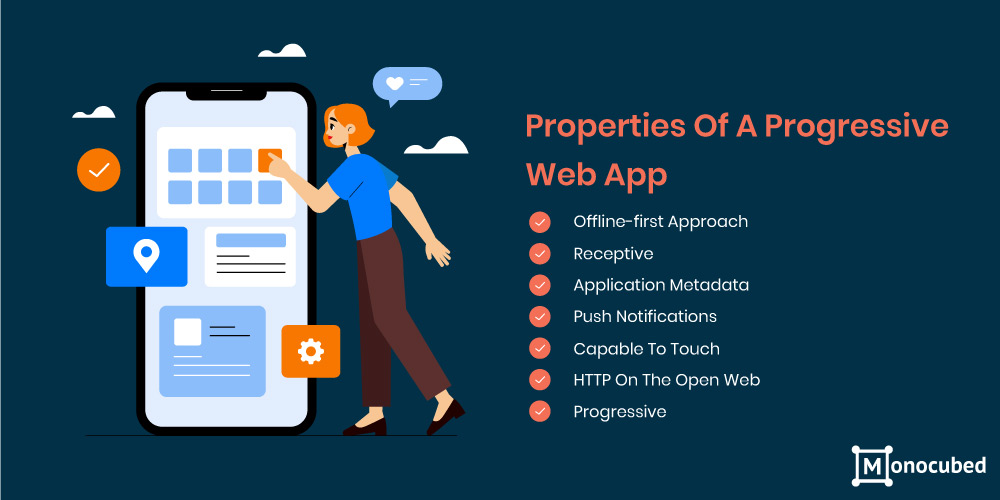News Blast: Your Daily Dose of Information
Stay updated with the latest happenings across the globe.
Progressive Web Apps: The Unseen Superheroes of the Web
Discover how Progressive Web Apps are revolutionizing web experiences. Unleash the unseen superheroes that enhance performance and engagement!
Understanding Progressive Web Apps: Bridging the Gap Between Websites and Native Apps
Progressive Web Apps (PWAs) represent a significant evolution in web technology, designed to deliver a seamless user experience that combines the best features of websites and native applications. By leveraging modern web capabilities, PWAs can be installed on a user's device while still being accessed through a web browser. This hybrid nature allows them to function offline, send push notifications, and load rapidly, regardless of the network conditions. Unlike traditional websites, which often suffer from slow loading times and inconsistent interfaces, PWAs are built with responsive design in mind, offering an app-like experience that keeps users engaged.
One of the most appealing aspects of Progressive Web Apps is their ability to enhance user engagement through various features. For instance, they utilize service workers to cache content, permitting users to access the app even without an internet connection. Moreover, PWAs can be added to the home screen of a device, providing quick access without going through an app store. This seamless integration between the web and native environments encourages developers to create experiences that are both intuitive and user-friendly. As businesses aim to reach their audiences more effectively, understanding the potential of PWAs becomes essential for thriving in the competitive digital landscape.

Why Progressive Web Apps are Essential for Modern Web Development
Progressive Web Apps (PWAs) have emerged as a cornerstone for modern web development, offering a unique blend of web and mobile app functionalities. Unlike traditional web applications, PWAs provide offline access, push notifications, and a native-like experience, giving developers the tools to create highly engaging interfaces. As user expectations continue to evolve, the demand for fast, reliable, and responsive websites has surged, making PWAs essential for businesses looking to enhance their digital presence. In a world where mobile usage is dominant, PWAs ensure that users can interact with content seamlessly, regardless of their internet connection.
Furthermore, PWAs offer significant advantages in terms of performance and discoverability. These applications are designed to load quickly, even on slow networks, ensuring that users receive a smooth experience without frustrating delays. As they are built on standard web technologies, PWAs can be indexed by search engines, improving their visibility and reach. The ability to work on any device with a web browser without requiring app store installation is a game changer for businesses aiming to increase their audience. By adopting PWAs, developers not only meet user needs but also align with the latest web standards, making them essential for the future of web development.
How Progressive Web Apps Enhance User Experience and Engagement
Progressive Web Apps (PWAs) are revolutionizing the way users interact with web applications by providing a seamless and engaging experience across devices. One of the key features of PWAs is their ability to load quickly and perform reliably, even in challenging network conditions. This is achieved through service workers, which cache essential resources, ensuring faster load times. Additionally, PWAs can be accessed via a URL, making them easily shareable and reducing the friction typically associated with app installations. The result is an enhanced user experience that keeps visitors coming back, as they can engage with the content without the hassle of navigating through multiple pages.
Moreover, Progressive Web Apps leverage native mobile features such as push notifications, allowing businesses to communicate with users in a timely manner and keep them engaged. When users enable notifications, they receive real-time updates, offers, or reminders, enhancing the overall interaction with the app. This engagement strategy can significantly increase user retention, as regular communication fosters a sense of connection and loyalty. In summary, PWAs are not just about delivering content but creating an interactive and immersive environment that captivates users, resulting in a markedly improved user experience and increased engagement.